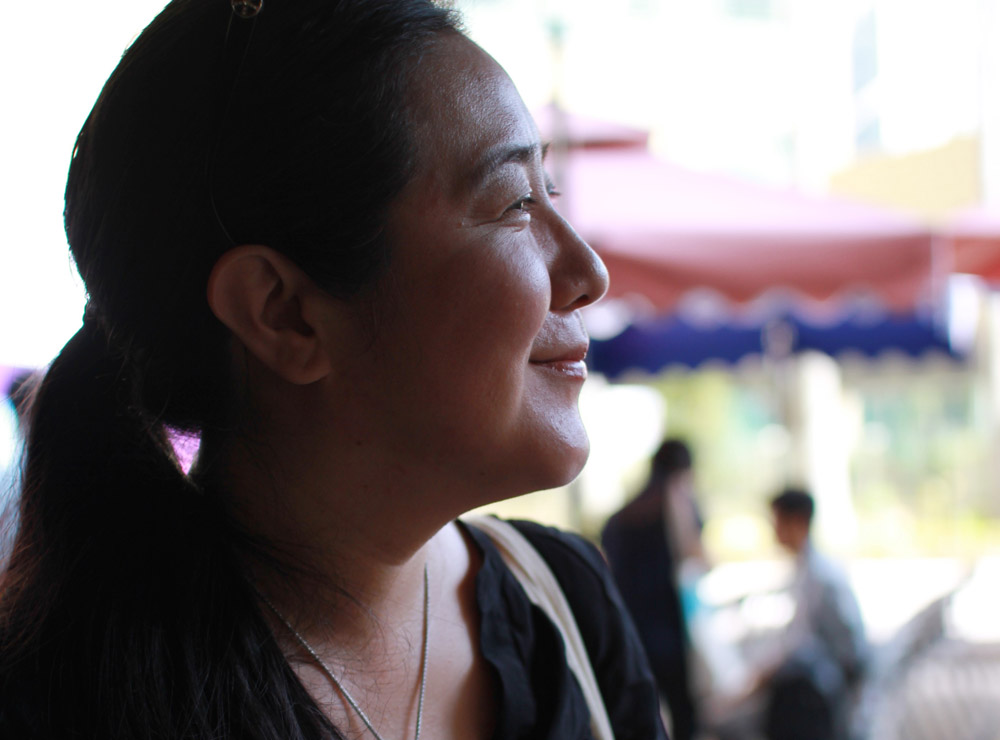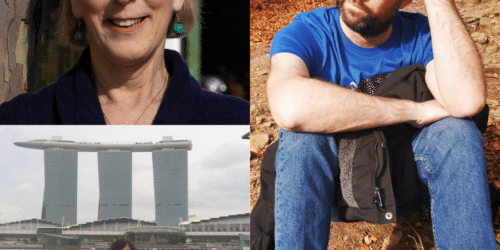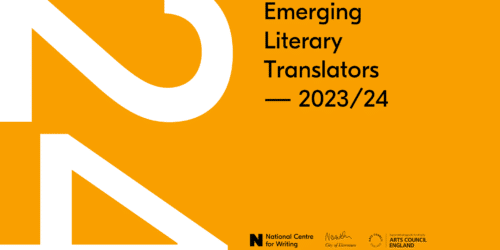
Our Japanese writer in residence, Mariko Nagai, is halfway through her stay in Norwich UNESCO City of Literature. Below, she describes the voices that have resided with her so far.
‘For the past two weeks (to be honest, I didn’t write at all during the first week), I’ve been writing fragments about Julian of Norwich, the 14th century anchoress whose real name has been replaced by the church she lived in; about Yoshiko Okada, a Japanese actress in the 1930’s who crossed the border to seek an asylum in the Soviet Union (and whose false confession later led to the execution of her lover, who defected with her, and two others); about walls we erect inside of us; about refugees and asylum seekers. I’ve been reading books about the Khmer Rouge and Pol Pot, the Black Death, Julian of Norwich, medieval England, theoretical books on borders and nationalism, Boccacio’s The Decameron, a book about female religious communities in Norfolk, and (to my delight) Ancrene Riwle, a 14th century manual on how to be an anchoress.
My writing has taken on the shape of Norwich: small dark alleys and fragments of conversations; voices of staff of the Italian Restaurant one street over, inflections of their mother tongues creating a new tonality in English; church bells that usher the hours forward, each with its own music; a species of birds that cry once around midnight that sounds startlingly like a child being strangled, not that I’ve ever heard a child being strangled; seagulls that call to each other or to no one on particular, but they call again and again; drunken men yelling something, the first vowel loud then fading away; the sun that does not set until 10pm. These images, taken individually, do not make sense, but this is how I see Norwich.
I spend my days writing sentences like, “Her servants were Alice and Sara. We don’t know why they came, we don’t know who they were. Only that they lived in the room adjacent to Julian, their worlds divided by a window, but these three were a world unto themselves, unable to live apart, unable to be together,” and “This is a new land where the birds of the homeland go by other names, where familiar objects keep sliding in and out of understanding, where what used to be natural is seen as barbaric” and “Brotherhood hides in its letters the word ‘otherhood’. There are brothers. Then there are others”– nonlinear fragments that are written down but not understood. It seems as if my writing is trying to capture the shape of Norwich but to be honest, I don’t quite know what it is, this creature that’s coming into being. I think this writing is the evolution of the border book I have been thinking about, but instead of borders, now it is about walls: walls within and without. Walls that divide us, walls that bring us together. About rooms we inhabit, both imaginary and real.’
About Mariko Nagai
Mariko Nagai is an author, translator and photographer. She is Associate Professor of creative writing and Japanese literature at Temple University in Tokyo. Mariko’s residency in Norwich will take place between 1 July and 1 August. Website







